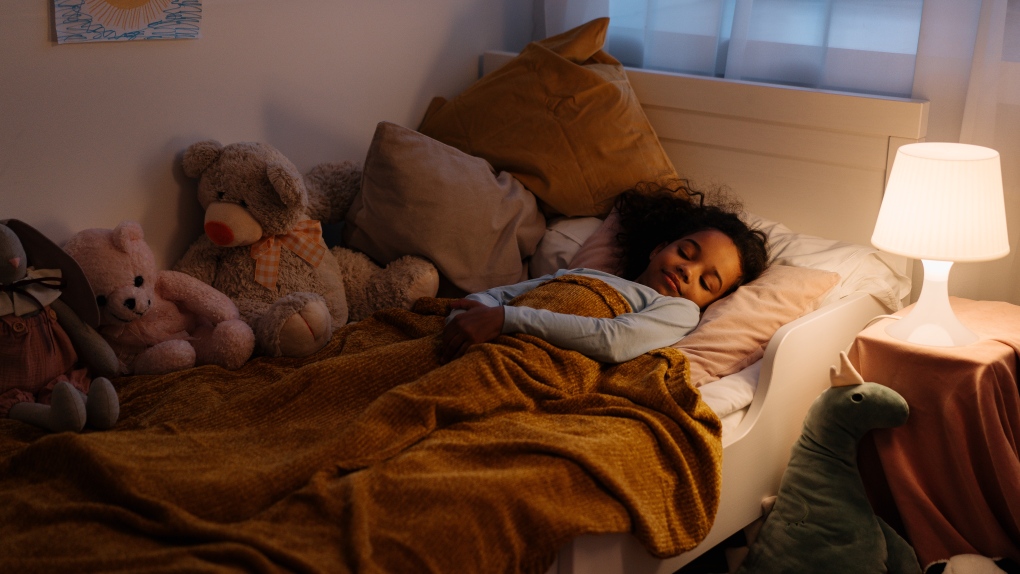How to Establish a Healthy Bedtime Routine for Children
Getting children to go to bed on time and have a restful night’s sleep can be challenging for many parents. However, establishing a consistent and calming bedtime routine allows children’s bodies to recognise that it is time to wind down and sleep. This can have cognitive and behavioural benefits as well as set them up for healthy sleep habits in the future.
Planning Your Routine
First, look at what time you want your child to fall asleep and work backwards from there, allowing enough time for each part of the routine. Aim to start the routine around the same time every night. Young children may need a 60 to 90 minute routine whereas older children and teens can settle with 30 to 60 minutes.
For young children under 5, a routine that is too long can be counterproductive so keep it simple. Older children will likely want some independence but still require parental guidance to stick to the routine. Be flexible but try to ensure key calming stages still happen.
Bath and Bedtime Story
Giving young children a bath helps soothe and relax their body for sleep. Let them play for a bit then start some calming activities like gentle splashing. Keep the lighting dim and voices quiet.
Follow bath time with teeth brushing and getting into pyjamas before settling down to read a bedtime story together. Choose something calming without too much excitement. Discuss the story afterwards to aid comprehension and bonding.
Devices Off and Light Stretches
At least one hour before bedtime, all devices like phones, tablets and TV should be turned off. The blue light can inhibit melatonin which helps regulate sleep. Spend quality tech-free time together as a family instead. Light stretches and breathing exercises can also teach children techniques to self-soothe before bed.
Quiet Time
In the half hour before getting into bed, keep lighting low and activities quiet. Listening to soft music, doing puzzles, light yoga or having a snack helps ease the transition into sleep. Use this time to chat about your child’s day and discuss any worries they may have. Avoid excitement and high energy play.
Into Bed
Set a clear time that children need to go to their bedroom to sleep. Ensure the room is cool, dark and quiet. Allow older children to turn off their light when ready but set a time all lights must be out. Read a short calming poem or prayer and sing a lullaby. Say goodnight with a kiss and cuddle. Repeat this stage consistently, even if children try to delay.
Note that if you are fostering children with fosterplus.co.uk then the children you care for may have come from homes where there were no structured bedtimes. In this instance, it may take longer to get a routine in place.
With consistency and patience, the new routine will kick in within one to two weeks for most children. If difficulties continue past a month, speak to your child’s GP in case an underlying issue is disrupting healthy sleep.




































No comments